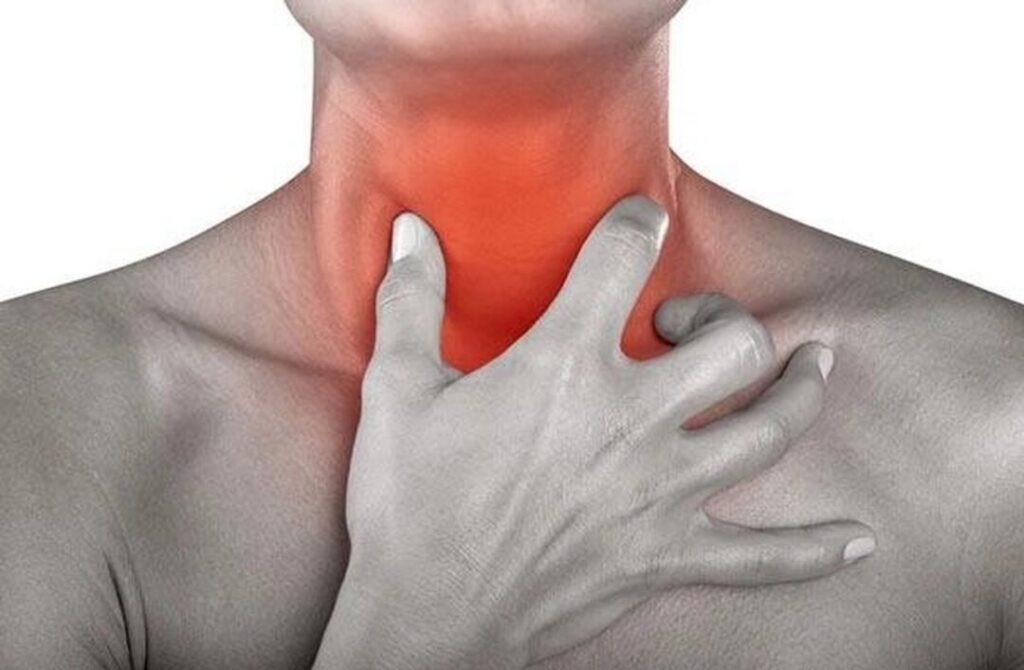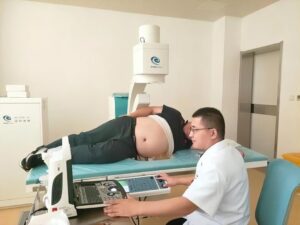Acute Epiglottitis – From Hospital Visit to Death in Just 10 Minutes! This Sore Throat Isn’t Just a Cold or ‘Heatiness’—Don’t Ignore It!

Acute epiglottitis is a life-threatening infection of the epiglottis and surrounding tissues, characterized by rapid inflammation and swelling that can lead to airway obstruction. Below is a detailed breakdown of the condition:
I. Key Points
- Causes
- Infection: Most commonly caused by Haemophilus influenzae type B (Hib), but other pathogens like Streptococcus pneumoniae and Staphylococcus aureus may also be responsible.
- Other factors: Trauma (e.g., hot liquid burns), allergic reactions, or chemical irritation.
- Note: Hib vaccination has significantly reduced cases in children, making adult cases more prevalent.
- Symptoms
- Severe throat pain: Worsens with swallowing, often accompanied by drooling.
- Respiratory distress: Stridor (high-pitched breathing sound), retractions, and potential suffocation due to epiglottic swelling.
- Systemic signs: High fever (>38.5°C), chills, and fatigue.
- Classic sign: Patients may assume a “tripod position” (leaning forward) to maintain airflow.
- Complications
- Acute upper airway obstruction (requires emergency intubation or tracheostomy).
- Spread of infection (e.g., Ludwig’s angina, mediastinitis).
II. Diagnosis & Treatment
- Diagnosis
- Emergency Management
- Secure the airway: Immediate hospitalization with readiness for intubation or cricothyrotomy.
- Medications
:
- IV antibiotics (e.g., third-gen cephalosporins: cefotaxime/ceftriaxone).
- Corticosteroids (dexamethasone) to reduce edema.
- Epinephrine nebulization if needed.
- Prevention
- Hib vaccination (especially for children and immunocompromised individuals).
- Avoid throat trauma or inhalation of irritants.
III. Important Notes
- Avoid: Sedatives, direct throat examination (e.g., tongue depressor), or supine positioning—may worsen obstruction.
- Prognosis: With prompt treatment, recovery is likely; delay increases mortality risk (6–10%).
Warning: Seek emergency care immediately if sudden severe throat pain and breathing difficulty occur!




